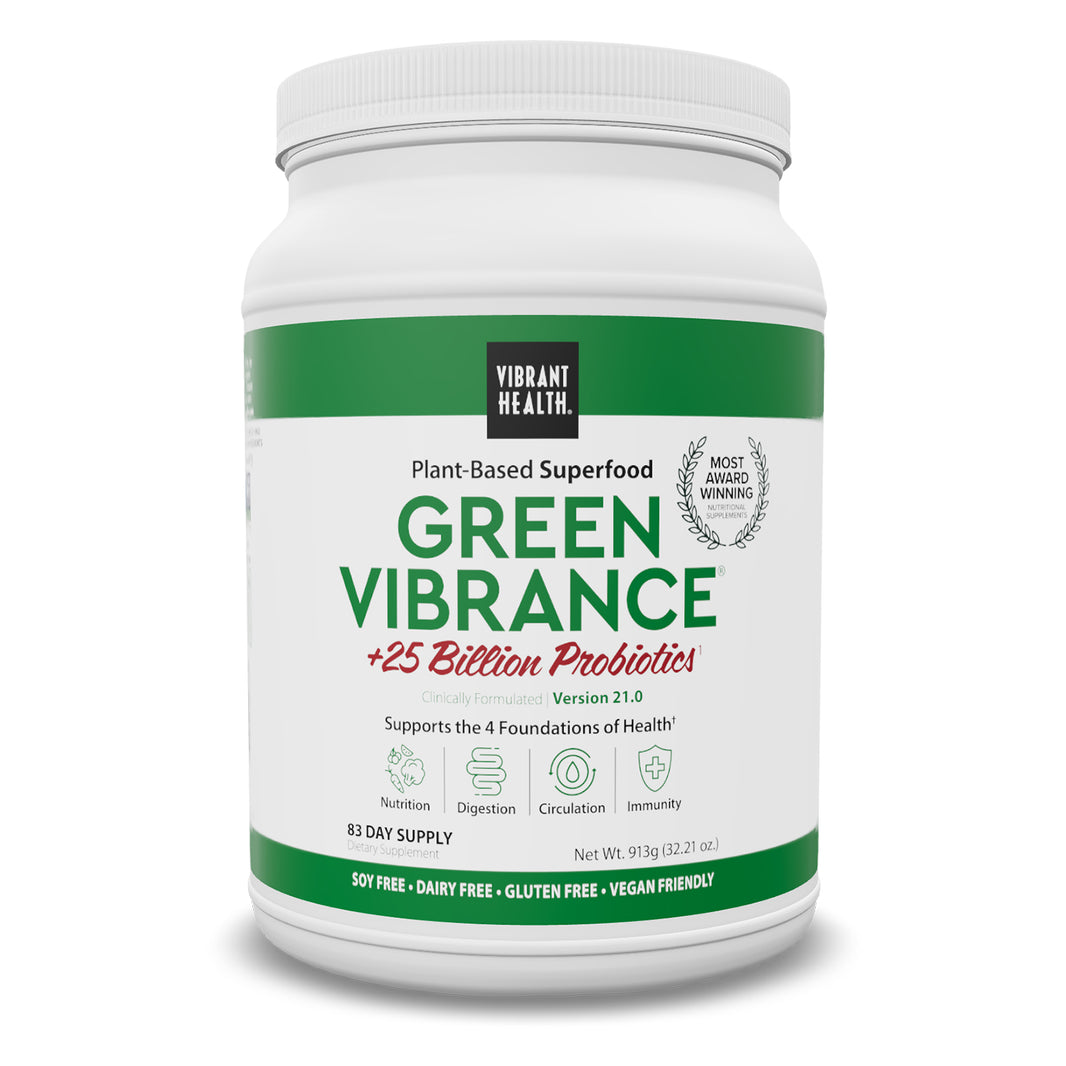Several recent news stories have put vitamin D in the spotlight, asking whether children and infants should receive supplements to assure a healthy intake.
While the adverse health outcomes of chronic deficiency are widely acknowledged, until recently many believed supplements were largely unnecessary for youngsters.
The prevailing belief was that breastmilk and vitamin D-fortified formula were sufficient for babies, and that the sun was a suitable source for kids.
This wisdom has been called into question, however, and in this blog we look at reasons why parents should consider giving their offspring supplements from an early age.
The benefits might just surprise you.
What is Vitamin D?
Vitamin D – known as the Sunshine Vitamin – is a nutrient which functions as a hormone within the body, helping us build strong bones and immunity.
That’s not all, though: vitamin D also promotes calcium absorption: when we don’t get enough vitamin D we can’t absorb the mineral, so we start to pull it out of our bones.
The Sunshine Vitamin strengthens teeth and muscles, and plays a role in the process of cell division.
In fact, higher vitamin D levels significantly correlate with a decreased risk of all-cause mortality.
Fat-soluble vitamin D is manufactured in the body when exposed to direct sunlight. In fact, sunlight is by far the best source: our bodies can generate 1,000 IU in just ten minutes during spring and summer.
That’s 250% the UK daily recommended amount of 400 IU – although many feel this is nowhere near ample. Indeed, the highly respected Vitamin D Council suggests most adults should aim for 5,000 IU each day, with overweight people requiring 7,000 IU.
In any case, food is a notoriously poor source of vitamin D, although you can get small amounts from fatty fish, egg yolks and fortified foods like certain dairy and cereal products.
Achieving the Vitamin D Council’s daily recommendation would be almost impossible from diet alone, however. And you might have to rely on just diet if it’s overcast.
Vitamin D Recommendations for Babies and Children
The UK Department of Health actually recommends that all children the between the age of 6 months and 5 years be given vitamin supplements containing vitamins A, C and D every day.
Breastfed infants should also be given a daily supplement from birth, irrespective of whether the mother is taking a vitamin D supplement herself.
What’s more, young children are advised to still take vitamin drops even if they spend time outdoors in the sunlight.
The current recommendations are as follows:
• Babies aged 0-1: a daily supplement containing 8.5 to 10 mcg (340-400 IU)
• Children aged 1-4: a daily supplement containing 10 mcg (400 IU)
• No supplements for babies consuming over 500ml of (fortified) infant formula per day
According to a recent report by the UK Scientific Advisory Committee on Nutrition (SACN), even breastfed infants in the 0-1 year bracket should receive a daily vitamin D supplement containing 340-400 IU.
The report was published after researchers learned that 6% of infants were at risk of vitamin D deficiency.
This is a rather groundbreaking recommendation, since it was previously assumed that maternal vitamin D intake would guarantee all the vitamin D the infant required.
If you are eligible for the government’s Healthy Start scheme, you could be entitled to free vitamin drops.
Why Do Youngsters Need Vitamin D?
Vitamin D is a highly important nutrient, irrespective of our age, but there is a special reason why developing youngsters need it.
For one, infants come into the world with low vitamin D stores; and particularly low stores if the mother’s intake is itself inadequate.
In fact, although breastfeeding is recommended by just about everyone due to the immunological benefits for the infant, those who are breastfed seem to be at greater risk of vitamin D deficiency due to the prevalence of deficiency among adults.
Despite a lack of randomised controlled trials on universal vitamin D supplementation, it is widely accepted that vitamin D reduces the risk of several infections and chronic diseases.
These include, but are not limited to, autoimmune disorders, type 2 diabetes, multiple sclerosis, autism and some cancers.
Deficiency among children specifically is linked to instances of growth failure, skeletal softness, seizures and rickets – a bone disorder typified by bow legs and agonising muscle pain.
Many might assume that rickets has been confined to history, but in fact research published in 2014 showed that hospital admissions for rickets between 2007-2011 was the highest it had been in 50 years.
Admittedly there were only 3.16 cases per 100,000 children, but nonetheless it emphasises the very real dangers of infants and children succumbing to a severe vitamin D deficiency.
Those with dark skin are particularly at risk, as are kids who enjoy little access to the sun’s UV radiation – perhaps from being swaddled in warm clothing.
Tolerable Upper Intake of Vitamin D for Babies and Children
We discussed the recommendations above, but some might wonder about the no-observed-adverse-effect level (NOAEL) of vitamin D for children and infants.
The safe upper limit of vitamin D for infants up to 1 year of age is 1,000 units per day.
Children aged 1-10, meanwhile, can expect no ill effects from consuming 2,000 IU per day, while 4,000 IU is said to be the tolerable upper limit for peopled aged 10 and above.
With that said, daily doses up to 10,000 IU have not been shown to cause toxicity in healthy adults. That’s right: no published studies show any adverse effects of such an apparently high dosage in adults.
Vitamin D Council Executive Director John Cannell, M.D., has gone one step further, saying, “If there are any studies showing 20,000 IU/day is unsafe, I would like to see them.”
Vitamin D toxicity, to be sure, is very rare. It tends only to be observed in those who take mammoth doses of supplements.
And by mammoth doses, we’re talking about 40,000 IU. Every day. For months on end.
When considering the optimum vitamin D dosage for your child, you may very well wish to stick to the recommended government values. That is entirely reasonable.
The NOAEL level, however, shows that there is no risk associated with the higher dosages: namely 1,000 IU for infants and 2,000 IU for children aged 1-10.
Calls for a Change in Vitamin D Policy
In 2018 the story of six-month-old Noah Thahane, who died following complications of heart failure brought about by serious vitamin D deficiency, hit the headlines.
The baby’s death was deemed “entirely preventable” in a report printed in the journal BMC Pediatrics.
The report also called for mandatory monitoring of babies and pregnant mothers to assure adherence to a supplement protocol.
Noah Thahane was born in England to a South African-born mother, who now campaigns for greater vitamin D awareness.
Despite taking her son to the doctors numerous times due to his restless behaviour, Beverley Thahane says they repeatedly failed to diagnose severe nutritional rickets.
BME people are especially at risk of vitamin D deficiency because dark skin generates less of the nutrient than white skin.
And since BME communities are under-represented in surveys conducted to date, it is quite unclear what percentage of this population may be deficient.
In a follow-up review to the one mentioned above, Dr. Wolfgang Högler pointed out that “in contrast to their continental European counterparts, paediatric Accident and Emergency doctors in the UK frequently encounter dark-skinned infants with hypocalcaemic seizures, and rickets during winter and spring.”
Vitamin D is clearly hugely important for the development of babies and children, as well as for the health maintenance of older individuals.
There is good reason for the current recommendations, including the UK health policy which suggests we all supplement with vitamin D during autumn and winter months.
Vitamin D Works Best with Vitamin K
As noted by the Vitamin D Council, “research indicates that vitamin D and vitamin K work synergistically to optimise one’s health, especially concerning bone and heart health.
“Thus, it is important to take the proper steps to ensure that you are maintaining healthy levels of both vitamin K and vitamin D.”
Vitamin K activates MGP, a protein which helps move calcium where it needs to be – to bone – and away from where it shouldn’t be: arteries. Vitamin D toxicity, of course, results from excessively high calcium levels (hypercalcemia).
When it comes to supplements, then, you might consider employing both vitamin D and vitamin K. Our special children’s supplement QuattrO3 + PS, meanwhile, combines omega-3 fatty acids (which could protect against childhood allergies and autism) with 400 IU of vitamin D.
Conclusion
It is easy to test your child’s vitamin D levels by using a home test kit, and to boost their intake by using a high-quality supplement.
While 1,000 IU is higher than the daily recommended amount, it is equal to the “safe upper limit of vitamin D” for infants – and half as much as the safe upper limit for children aged 1-10.
What’s more, instead of sticking to a set intake for all youngsters, the Vitamin D Council advocates supplementing your child with 1,000 IU of vitamin D per 25 pounds of body weight.
Remember, the heavier you are, the greater your requirement for vitamin D.
It is up to parents, as well as the wider medical framework, to ensure that youngsters achieve healthy vitamin D levels. Don’t wait.




























Leave a comment